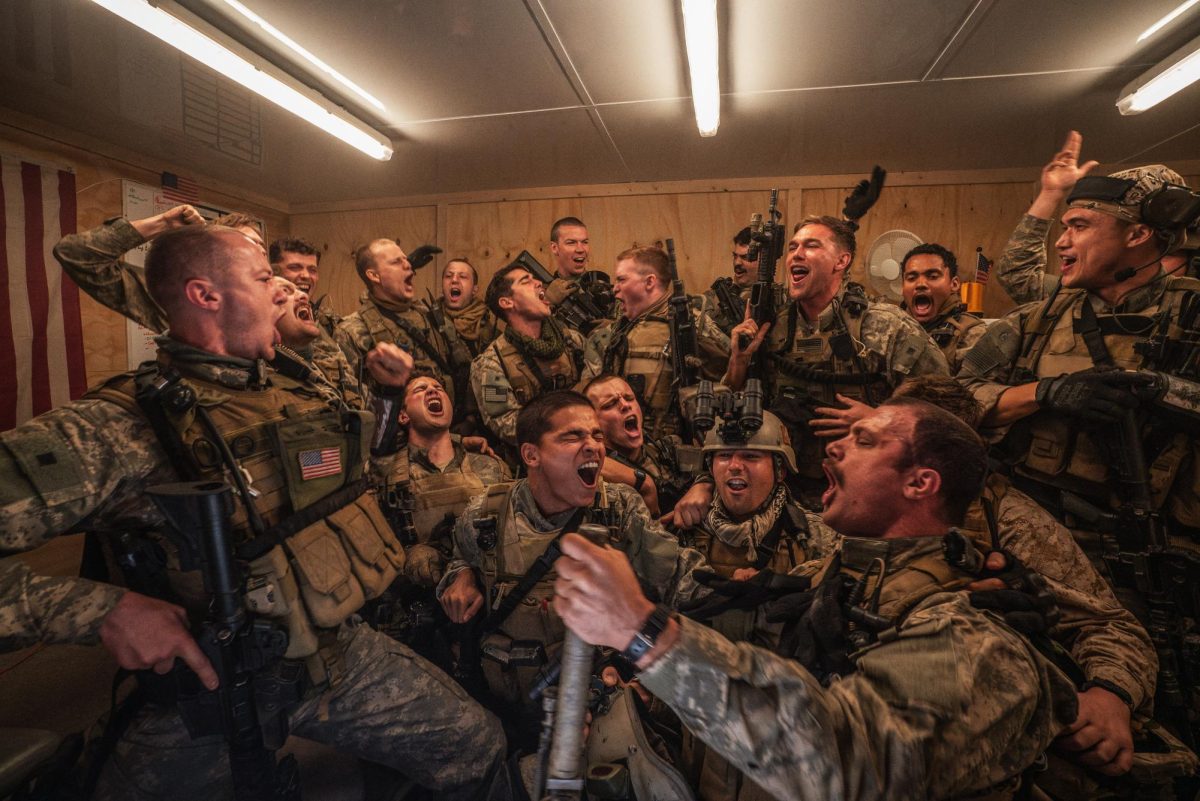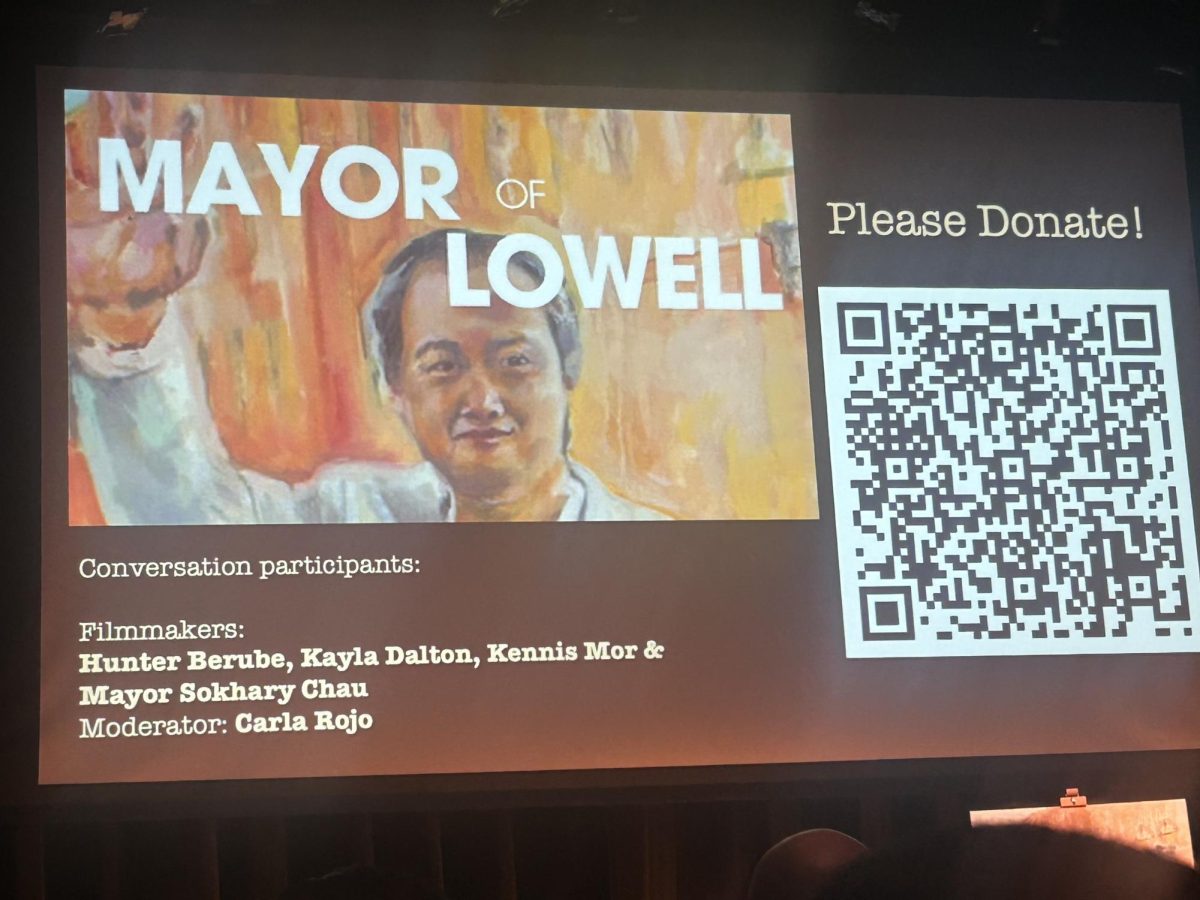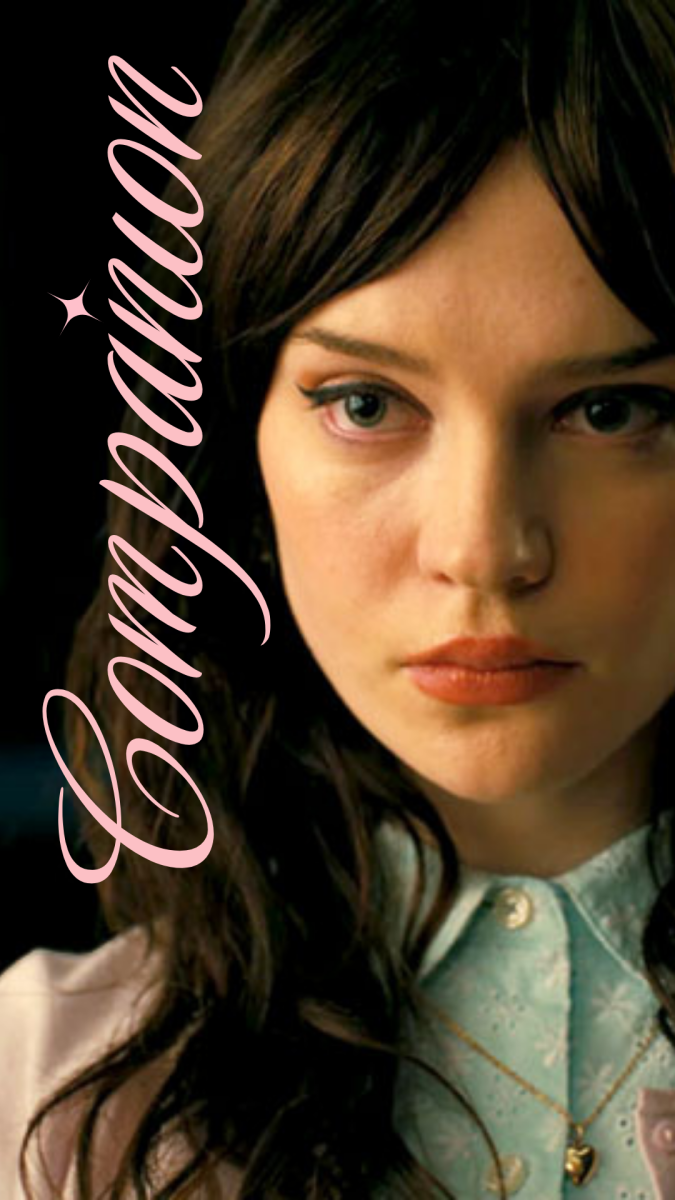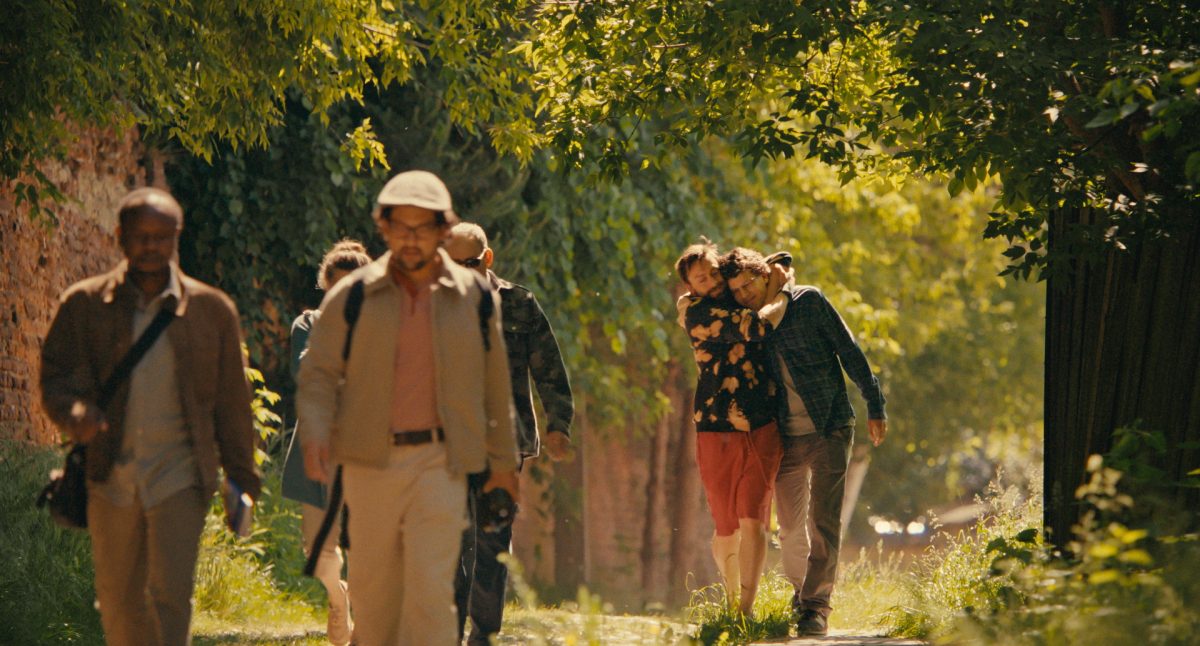Article by: Matt McQuaid
If you take a stroll through many of Boston’s neighborhoods today, you’ll probably be greeted by the sight of tourist attractions, crappy chain stores you can find anywhere else, and yuppies with small, obnoxious dogs. It’s hard to imagine how these places once were 60 years ago, before gentrification and the flight of families to the suburbs, but photographer Jules Aarons captures the essence of a time past quite perfectly.
Jules Aarons was an engineer by trade who helped to develop GPS technology, but his passion was photography. From 1947 to 1976, Aarons photographed residents of the North End, West End, South Boston, South End, Scollay Square (now Government Center), and the Market District (now Faneuil Hall). Inspired by “street photographers” such as Helen Levitt and Henri Cartier-Bresson, Aarons used a Rolleiflex twin-lens reflex camera to shoot his subjects because it allowed him to take pictures without the subject’s knowledge. The Boston Public Library began collecting his works in 1997, and now has the largest collection of his pictures in the world.
Some of Aarons’ best work came from a neighborhood that many Suffolk students call home, the North End. Many of Aaron’s best work shooting North End residents are the pictures he took of the youth around the working-class Italian neighborhood during the 50s and 60s. One picture, “Greasers,” depicts a group of young men standing around in leather jackets with blank stares on their faces. The photo reminds one of the rumblers in S.E. Hinton’s groundbreaking novel The Outsiders. Other photos depict a group of young kids playing baseball in an empty lot, and another shows a group of teenagers gazing out of an apartment window as they watch a street festival below.
Aarons’ work depicting the North End also extends far beyond youth. “Long Walk” portrays an elderly woman walking alone on the street in front of a convenience store plastered with ads for cigarettes and Coca-Cola. “The subjects had a romantic quality, and it had to be offset by harsh presentation,” Aarons said of the photo. “Watching” has another old woman gazing thoughtfully out of a doorway, the wrinkles in her face belying the wisdom she has gained with age.
Another great source for Jules Aarons’ work is Boston’s famous blue-collar Irish hamlet, Southie. “Paul the Barber” has a man in an apron (presumably Paul) standing in his doorway as he chats with a customer; a sign hanging in the window proclaims the establishment a union shop. “Kiss me an Irish” is a picture of a doe-eyed young man wearing a fedora with a St. Patrick’s Day pin on it; and “Car, St. Patrick’s Day” shows a group of people in a convertible waving to an on looking crowd. South Boston has long been a hotbed for rising stars in Boston’s political scene, and Aarons captures the essence of the grassroots with his photo “The Campaigners, City Council Election,” depicting a group of older women with lapel pins reading “Hailer” and “Hurley.”
One neighborhood stands above the rest in terms of defining old school Boston: the West End, an area that long ago was eviscerated by real estate developers. “The West End was to be the casualty of Urban Renewal,” Aarons tells us. “In 1953 the city of Boston targeted the neighborhood for redevelopment, and in 1958 the demolition took place.” Aarons’ West End series shows us a young woman candidly adjusting her hair in “Finishing Touch” and a little girl staring meekly at the camera in front of a store selling pulp novels in “Paperbacks.” One particularly touching photo is “Three Girls,” a photo that shows three little girls talking, two black, one white. “At the time I photographed there, 1947 to 1955, the West End was an integrated area where people seemed to get along,” Aarons says of the photograph. The scene brings to mind the inherent innocence of childhood.
Aarons takes a number of other interesting pictures throughout the Boston area. Photos taken in the South End show a group of shirtless young men playing basketball, one playing defense with a look of intensity on his face. Another series is of the now-defunct East Boston ferry. One memorable scene is of a grinning man standing in front of a sign in Scollay Square that tells patron that the shop sells “American food.” Aarons’ work is a defining portrait of old Boston that anyone who lives here should definitely check it out.
“Man in the Street: Boston Photographs by Jules Aarons” is on display at the McKim Building, located on the third floor of the Boston Public Library in Copley Square. Admission is free.







